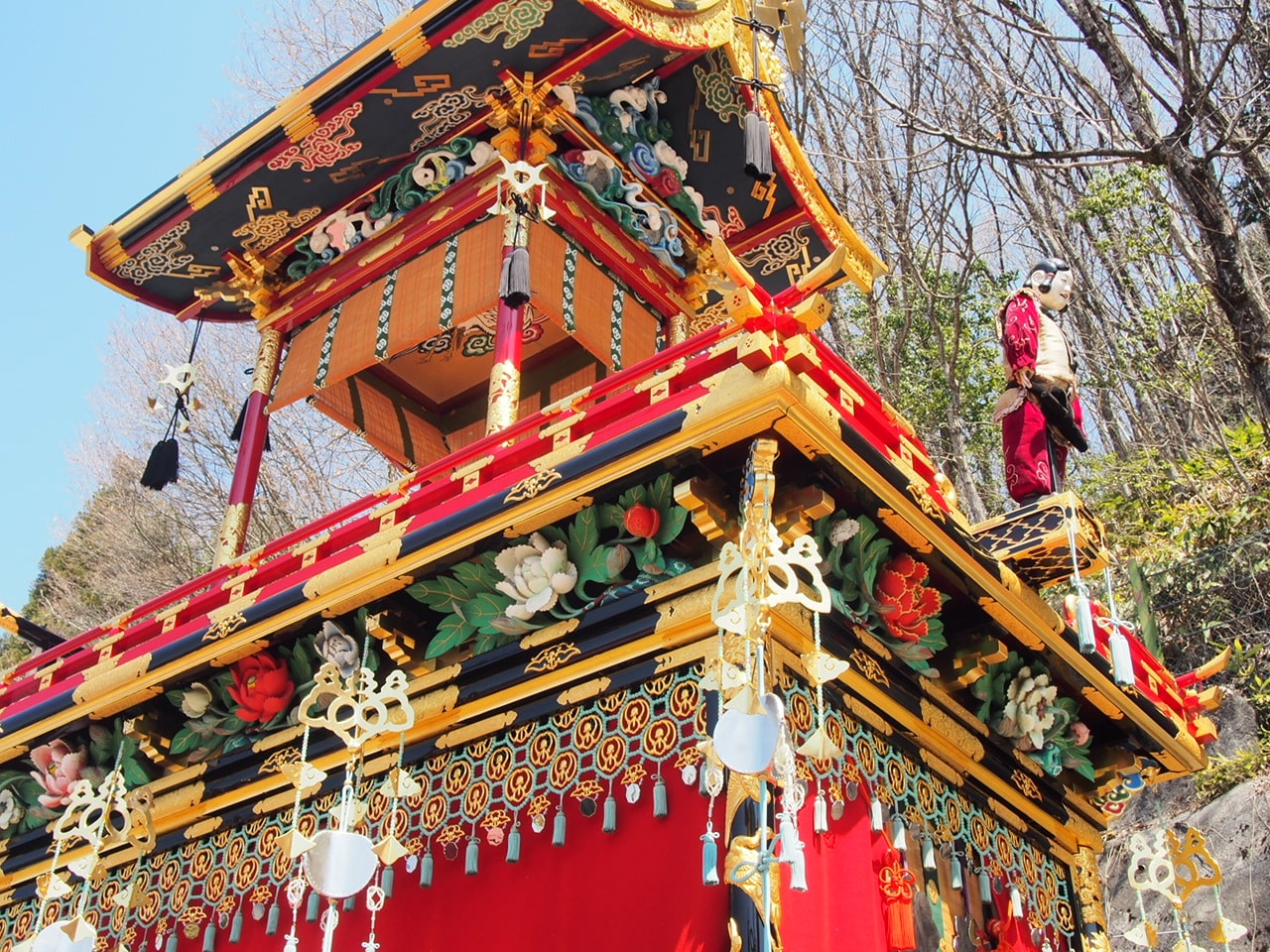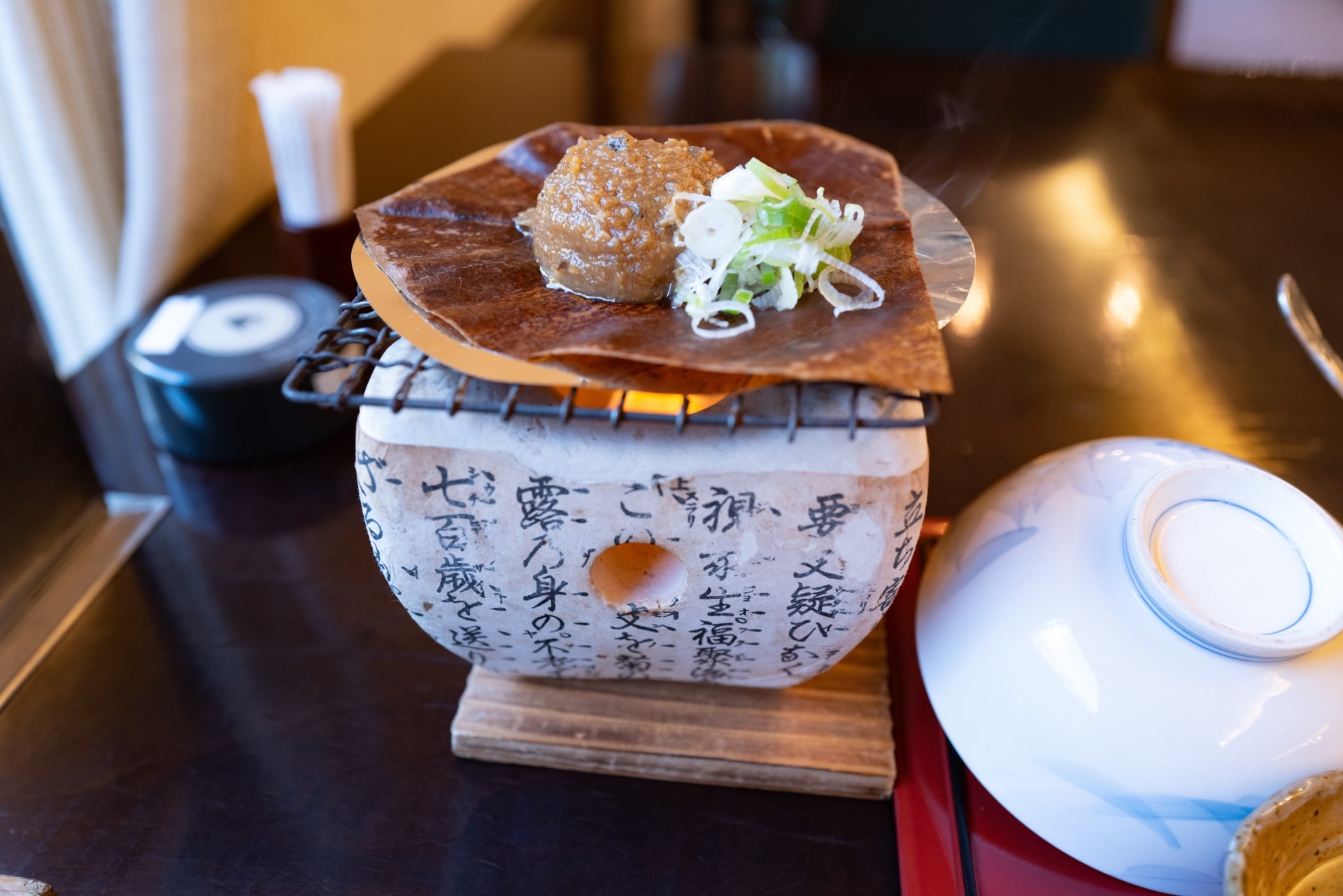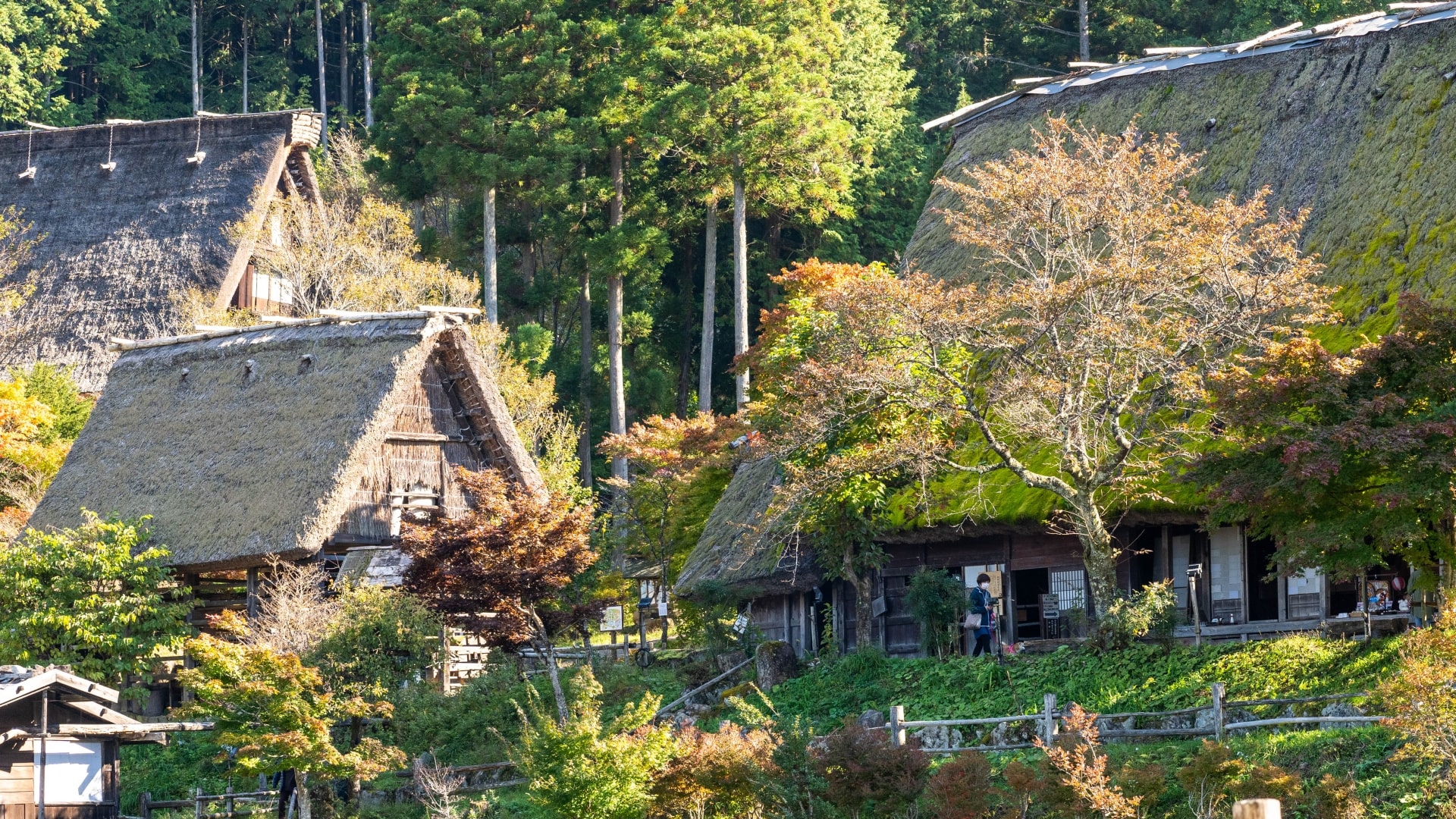April: Takayama Spring Festival
April 01, 2023

Takayama Spring Festival, Gifu(Google Maps)
A display of wealth, craftsmanship and centuries of tradition, the Takayama Spring festival is considered one of Japan’s three most beautiful events. The festival’s origins stretch back to the late 16th and early 17th centuries and include a series of processions, marionette performances and stunning costumes.
Taking place on April 14th and 15th each year, the festival heralds the coming of spring in the small mountain town and sees locals pray for peace and good harvests in the coming year. It is the festival of Hie-jinja, also known locally as Sanno-sama, a shrine home to the deity responsible for protecting Takayama’s southern half. Each October, locals thank the gods for bountiful harvests at the Takayama Autumn Festival, known locally as the Hachiman Festival thanks to its host temple which protects the northern half of the castle town. Combined, the two festivals are recognized as UNESCO Intangible Cultural Heritage due to their historic and cultural values.
The highlight of the spring event is undoubtedly the Gojunko procession of twelve yatai (festival floats) transporting the deity from the shrine into town. As they travel through the winding streets escorted by hundreds of locals, a series of performers serenade and purify the streets with lion dances and gong playing. Dressed in traditional costumes from eras gone by, the procession’s members create a stunning scene reminiscent of the festival’s origins with visitors transported back to the prosperous past. Once they reach a designated resting space, three of the yatai present mesmerizing marionette performances. Re-enacting ancient legends and folktales, the karakuri dolls are controlled by experienced puppeteers and perform twice on each of the festival days.
Once evening falls on the night of the 14th, the yatai are adorned with hundreds of lanterns and float back to their storehouses. The locals serenade their return with a unique melody, only sung for this specific occasion. Featuring intricate wood carving, delicate lacquer work and impressive decorations, the yatai are exquisite, and the festival presents a unique opportunity to see them up close and serving their honored purpose. For those not able to visit during the festival, the yatai and their mikoshi (portable shrines) are displayed at the local museum.

Hoba Miso
While admiring the sights and sounds of the traditional festival, visitors can enjoy the local delicacies and traditional festival-food on offer. Alongside the familiar options of yaki-soba (fried noodles), yaki-tori (meat skewers) and okonomiyaki (a griddled cabbage pancake), there are some local treats to look out for. Skewers of Hida beef offer a mouthwatering taste of the high-quality and locally raised marbled meat. Alternatively, midarashi-dango places a local twist on a national treat by using unsweetened soy sauce to glaze the unusually savory, chewy mochi skewers. Served in Japanese magnolia leaves, mushrooms and vegetables are cooked with miso paste to make Hoba Miso—a nourishing and healthy treat that can be paired with Hida beef or enjoyed alone.

Hida no Sato, Gifu(Google Maps)
Providing plenty of entertainment during the busy two-day festival, the area is also home to some unmissable Japanese sights. The town itself is home to the Sanmachi district, where narrow streets are lined with traditional wooden merchant’s houses from the Edo period. Reachable by bus, the folk village of Hida no Sato offers a chance to see the unusual gassho-zukuri farmhouses with steeped thatched roofs reminiscent of hands closing in prayer. With some allowing guests to stay overnight, even a simple afternoon strolling through the open-air museum is a memorable experience in itself. Finally, a farewell view from the Shinhotaka Ropeway can offer the perfect end to a trip to the region of Gifu, with buses to Hirayu Onsen providing a tempting offer of a hot spring soak after a tiring day.
A gateway to a region with an abundance of memorable experiences, the Takayama Spring Festival and its autumnal counterpart are a signature piece of Japan’s strong connection to its traditions and are an opportunity not to be missed.
For more details, contact DMC Japan to discuss ideas, locations and rates.
Contact Us


